Seal meat may turn some stomachs, but Inuit country food is smart
'We eat what we know. We like to eat the things we grew up with'
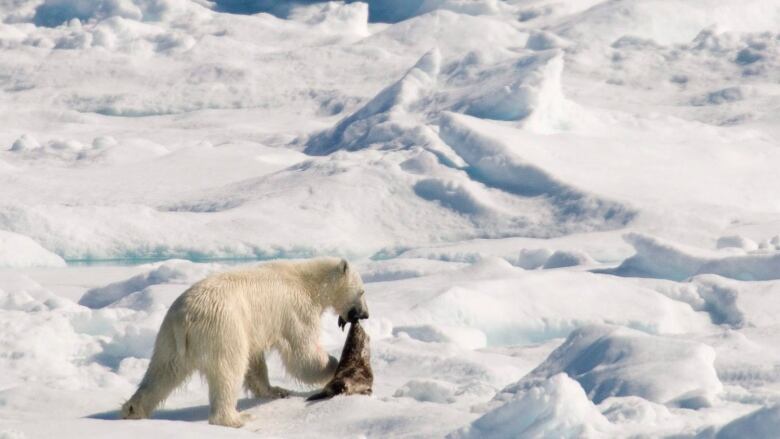
When a Vancouver chef put seal on the menu this week heattractedsome negativeattention but in Nunavut icy chunks of raw whale blubber and seal meat are common fare.
Seals are not endangered, so why the aversion to seal dishes in urban Canada?
- Newfoundland seal featured on Vancouver menu
- Group pitches seal penis trade to Fisheries Department
- Are Attitudes around seal products changing?
It seems people are still haunted by images from the 1980sof white-furred seal pups clubbed on blood-soaked ice images that led to cries of inhumane kill practices.
Seal dish wins applause
These days, the seal slaughter is considered to be as humane as any food-source animal. Seals areshot and ensured to be dead. And Canada now requiresmandatory trainingfor sealers to ensure the hunt is humane.
"We welcomed the news today that the popular Vancouver restaurant Edible Canada will be offering its own culinary take on East Coast seal meat in a new dish they call sealpappardelle," said theCanadian Sealers Association.
A handful of Canadian restaurants now serve seal meat in Quebec and along the East Coast.
The kill
Still, others continue to the fight seal harvest.
Anti-sealing advocates claim 66,800 seal pups died in 2016 too many, they say.
They were furious when then-Canadian Fisheries Minister HunterTootoo wore a seal skin tie when heshook U.S. PresidentBarackObama'shand.

But there are questions for those who decryseal meat and other Indigenous country foods.
Sealers say kill numbers are overblown and seals decimate cod stocks.
Have some 'cultural humility'
In a world searching for sustainable, ethical, high-protein food sources, why are Canadianssqueamish about fare from our own backyard?
"Honestly we eat what we know. We like to eat the things we grew up with," saidNunavut's former territorial nutritionist, Jennifer Wakegijig, who urges "cultural humility" around food.
Sureseal pupsare cute, but unless youare vegetarian so are cows.
And a sealisnot any more intelligent than an octopus, common in sushi.
And Wakegijig points out while Arctic fare features innards, so do many other traditional dishes such as Haggis and andouillette sausages.
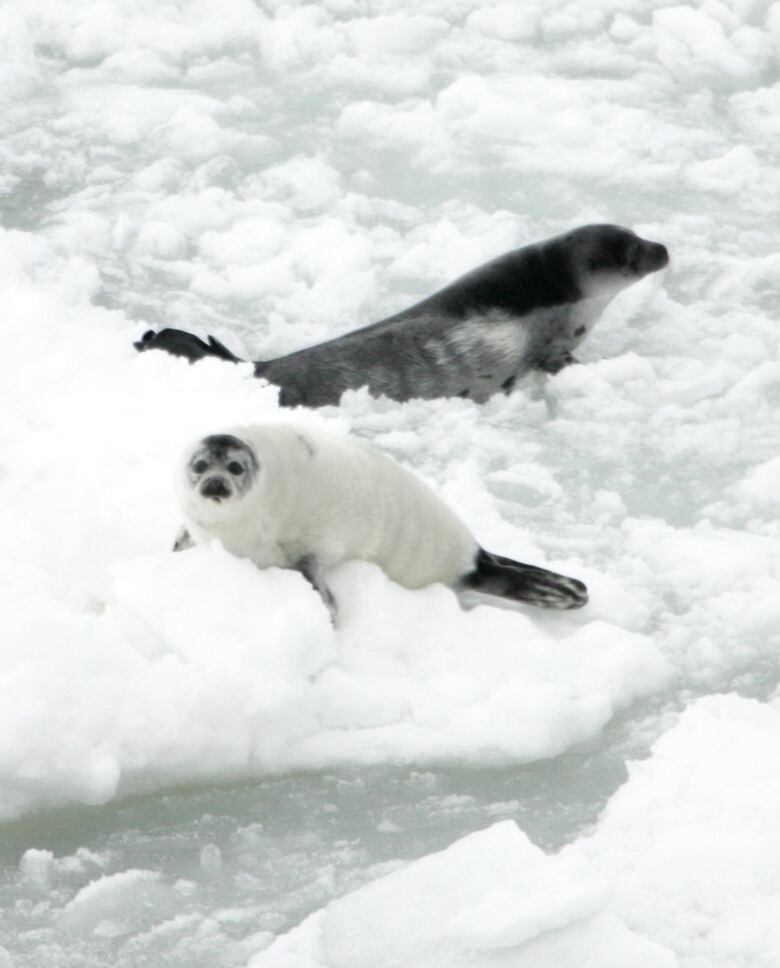
While Wakegijighas long advocated for Arctic people to eat their traditional foods, she admits, some do not appeal to her either.
But she applauds efforts todiversifypeople's palates, and points out finding local sources of proteinincreases food security for everybody in Canada.
"I don't know how we pick and choose which animals we find socially acceptable to use asfood. The idea of just not eating seals or any food on the basis that it's cutedoesn't make any sense," said Wakegijig.
Why not seal?
Seal meat, described by some as moose-crossed tuna or veal of the sea, can be dried, stewed, pan-seared or made into sausage.
Beef contains a lot more fat andcan't match flippers for nutrition.
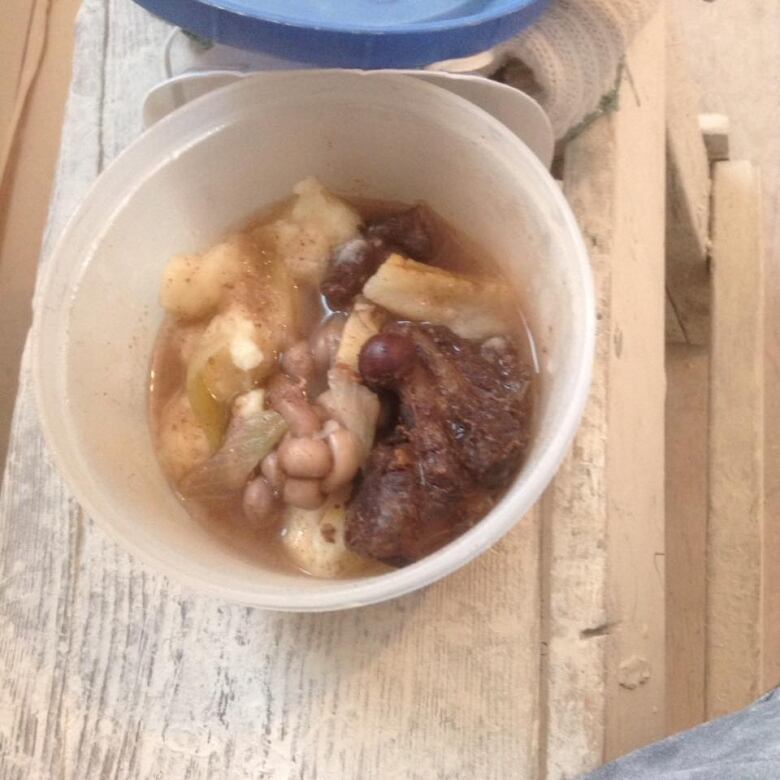
Game meats are high in protein, fatty acids,vitamins and minerals.
Seal meat is lean with less than two per cent fat, much lower than 12 to 27 per cent fat in other store-bought meats.
It's also rich in iron, zinc, vitamins A, D, B and C.
Seal products
The skin can be used for waterproof, biodegradableclothing such as boots,mittens and hats.
And while animal rights groups protest seal products, the world is buying.
Between 2005 and 2014 Canada exported $66.6 million worth of seal products to 48 countries.
Canadian officials see the harvest as sustainable, and many northern Canadiansconsider seal comfort food.
It's a free food source for huntersin a tough economy, and offers much better nutrition than what you can often buy at Arctic stores.
Inuit tradition
Inuit seal hunters havelong fought groups such as People for the Ethical Treatment of Animals (PETA) and Harpseals.org, saying a ban on the seal hunt is a ban on their lifestyle.
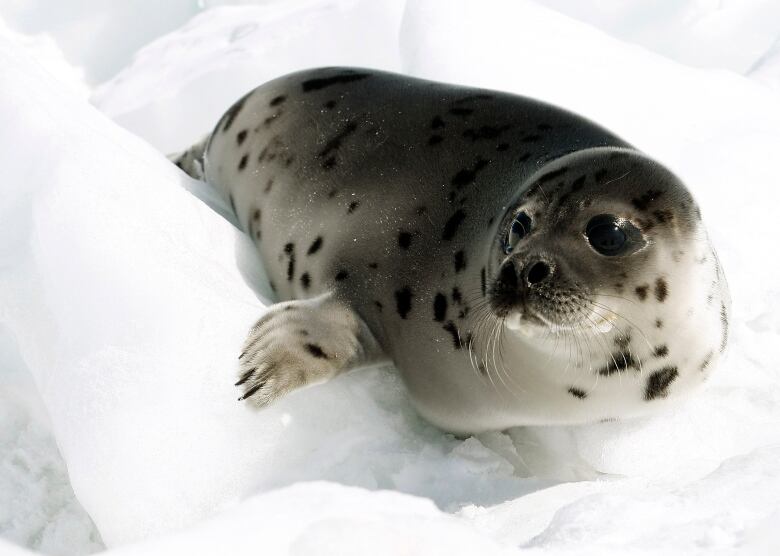
Iqaluit film maker Alethea Arnaquq-Baril, director of the documentaryAngry Inuk,applauded Vancouver's Edible Canada for the new menu.
"I'm happy to see it. I think it's brave ...in the face of such unreasonable attacks. Doing anything about seals that doesn't condemn us seal hunters is a risk. I think it's great to encourage more consumption of the meat. It's sogood for you and sotasty,"said the seal hunt advocate.
Worth the risk?
Chef Eric Pateman knew his move to add seal to the menu came with a political risk.
"I'm scared out of my mind in terms of any negative feedback on this it certainly comes with its controversy but it is certainly part of Canada's history and Canada's food history," he said.
And, he says, he's taken risks before and has been surprised by people's reaction. A few years ago he added "rocky mountain oysters" as an appetizer and couldn't keep enoughsheep testicles in stock.

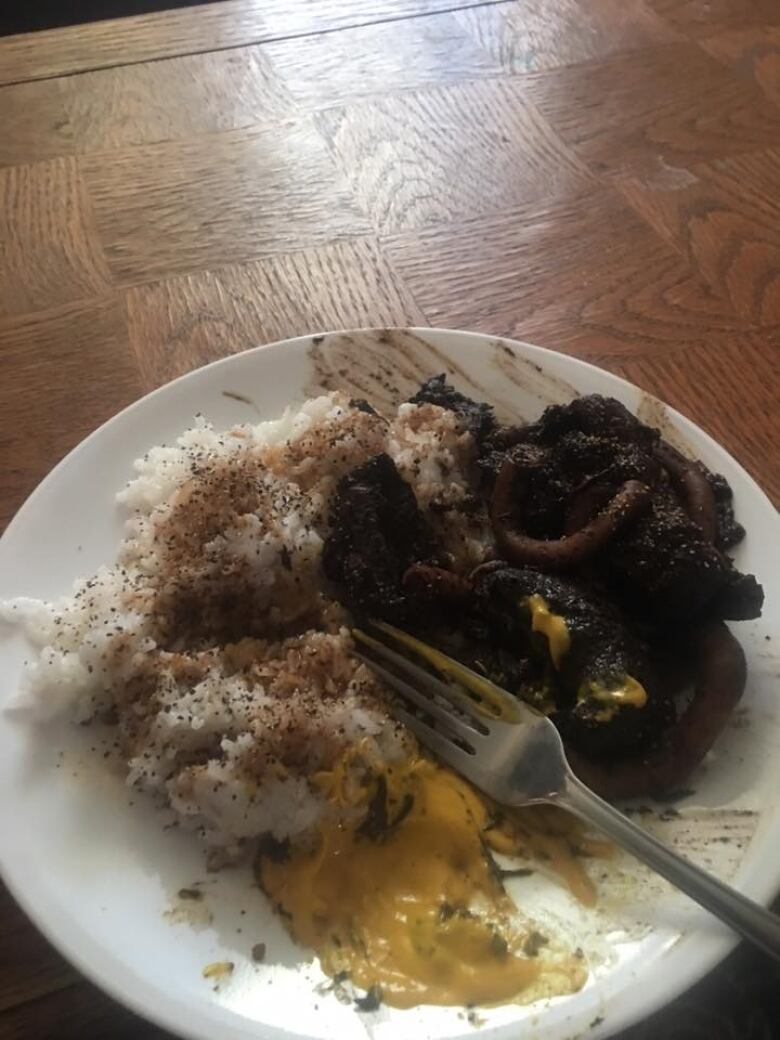













_(720p).jpg)


 OFFICIAL HD MUSIC VIDEO.jpg)
.jpg)



























































































